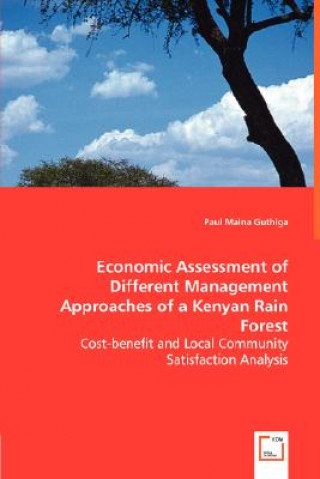
Kód: 06949692
Economic Assessment of Different Management Approaches of a Kenyan Rain Forest
Autor Paul M. Guthiga
Forest conservation, as an economic undertaking, involves use of resources (costs) as well as generation and distribution of benefits. These resources ought to be allocated so as to generate maximum net benefits for society. In ad ... celý popis
- Jazyk:
 Angličtina
Angličtina - Vazba: Brožovaná
- Počet stran: 188
Nakladatelství: VDM Verlag Dr. Mueller E.K., 2008
- Více informací o knize

Mohlo by se vám také líbit
-

Sars
1475 Kč -

Best Practices in Supplier Relationship Management and Their Early Implementation in the Air Force Material Command
634 Kč -

Religious Education
4871 Kč -

Safe Liposuction and Fat Transfer
8314 Kč -

Poems
473 Kč -

For Love or Honor Bound
567 Kč -

How To Get A Job In 60 Days
524 Kč
Dárkový poukaz: Radost zaručena
- Darujte poukaz v libovolné hodnotě a my se postaráme o zbytek.
- Poukaz se vztahuje na celou naši nabídku.
- Elektronický poukaz vytisknete z e-mailu a můžete ihned darovat.
- Platnost poukazu je 12 měsíců od data vystavení.
Více informací o knize Economic Assessment of Different Management Approaches of a Kenyan Rain Forest
Nákupem získáte 208 bodů
 Anotace knihy
Anotace knihy
Forest conservation, as an economic undertaking, involves use of resources (costs) as well as generation and distribution of benefits. These resources ought to be allocated so as to generate maximum net benefits for society. In addition, costs and benefits ought to be distributed equitably among stakeholders. Support of communities living adjacent to tropical forests is critical for success of conservation efforts, but often their views are ignored in conservation decisions. Kakamega forest, a tropical rainforest in Kenya is divided into three different parts each under a distinct management approach. This study applied cost-benefit analysis to analyze and compare economic efficiency of the three management approaches. Further, the study applied the concept of consumer satisfaction to analyze local community satisfaction levels with three management approaches. The results indicate that from a global point of view, the three management approaches are economically efficient. But, at the local and national level, the opportunity costs of conservation outweigh the benefits. Local communities ranked the protectionist approach highest overall. The result of this work provides forest managers, policy makers and other stakeholders with interest in tropical forest conservation with information they need to make important conservation decisions. Forest conservation, as an economic undertaking, involves use of resources (costs) as well as generation and distribution of benefits. These resources ought to be allocated so as to generate maximum net benefits for society. In addition, costs and benefits ought to be distributed equitably among stakeholders. Support of communities living adjacent to tropical forests is critical for success of conservation efforts, but often their views are ignored in conservation decisions. Kakamega forest, a tropical rainforest in Kenya is divided into three different parts each under a distinct management approach. This study applied cost-benefit analysis to analyze and compare economic efficiency of the three management approaches. Further, the study applied the concept of consumer satisfaction to analyze local community satisfaction levels with three management approaches. The results indicate that from a global point of view, the three management approaches are economically efficient. But, at the local and national level, the opportunity costs of conservation outweigh the benefits. Local communities ranked the protectionist approach highest overall.
 Parametry knihy
Parametry knihy
Zařazení knihy Knihy v angličtině Economics, finance, business & management Economics
2076 Kč
- Plný název: Economic Assessment of Different Management Approaches of a Kenyan Rain Forest
- Podnázev: Cost-benefit and Local Community Satisfaction Analysis
- Autor: Paul M. Guthiga
- Jazyk:
 Angličtina
Angličtina - Vazba: Brožovaná
- Počet stran: 188
- EAN: 9783836492324
- ISBN: 3836492326
- ID: 06949692
- Nakladatelství: VDM Verlag Dr. Mueller E.K.
- Hmotnost: 259 g
- Rozměry: 229 × 152 × 10 mm
- Datum vydání: 07. April 2008
Oblíbené z jiného soudku
-
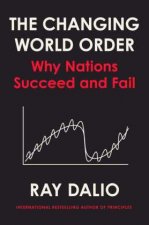
Principles for Dealing with the Changing World Order
506 Kč -

Team Topologies
512 Kč -

Freakonomics
213 Kč -

Misbehaving - The Making of Behavioral Economics
284 Kč -

Indispensable Milton Friedman
692 Kč -
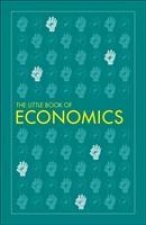
Little Book of Economics
276 Kč -

Why Nations Fail
276 Kč -

Pyramid Principle, The
1108 Kč -

Essential Mathematics for Economic Analysis
1926 Kč -
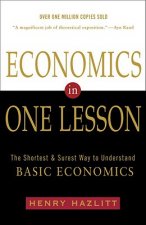
Economics In One Lesson
368 Kč -

Predictably Irrational
389 Kč -

Price of Inequality
259 Kč -

(Mis)Behaviour of Markets
357 Kč -

Debt, 10th Anniversary Edition
647 Kč -

A-Level Economics: Year 1 & 2 Complete Revision & Practice (with Online Edition)
700 Kč -

The Invisible Hand
196 Kč -

Liar's Poker
303 Kč -

Rational Optimist
276 Kč -

Irrational Exuberance
485 Kč -

Art of Statistics
306 Kč -

Scrum - A Pocket Guide - 3rd edition
563 Kč -

Hypomanic Edge
502 Kč -

How I Made One Million Dollars Last Year Trading Commodities
979 Kč -

Misbehavior of Markets
584 Kč -

Econometric Analysis, Global Edition
2129 Kč -

Cartoon Introduction to Economics
462 Kč -

Economics: The User's Guide
358 Kč -

Rise of Carry: The Dangerous Consequences of Volatility Suppression and the New Financial Order of Decaying Growth and Recurring Crisis
644 Kč -

Myth of Capitalism - Monopolies and the Death of Competition
537 Kč -

How Rich Countries Got Rich and Why Poor Countries Stay Poor
410 Kč -

Business Etiquette in Brief
310 Kč -

Intermediate Microeconomics and Its Application
2616 Kč -

Discovery, Capitalism & Distributive Justice
542 Kč -

Are the Rich Necessary?
312 Kč -

Economic Point of View
667 Kč -

Driving Digital Transformation
543 Kč -

Start-Up Nation
254 Kč -
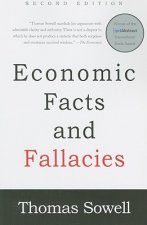
Economic Facts and Fallacies
417 Kč -

Decision Book
447 Kč -
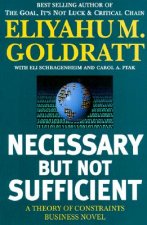
Necessary but Not Sufficient
404 Kč -

Freakonomics
172 Kč -

Economics Book
534 Kč -

Leading at a Higher Level
813 Kč -

Principles of Economics
389 Kč -

Macroeconomics For Dummies
581 Kč -

45 Second Presentation That Will Change Your Life
232 Kč -

Economics of the Public Sector
2255 Kč -

Factfulness
259 Kč -

Currency Wars
399 Kč
Osobní odběr Praha, Brno a 12903 dalších
Copyright ©2008-24 nejlevnejsi-knihy.cz Všechna práva vyhrazenaSoukromíCookies



 Vrácení do měsíce
Vrácení do měsíce 571 999 099 (8-15.30h)
571 999 099 (8-15.30h)